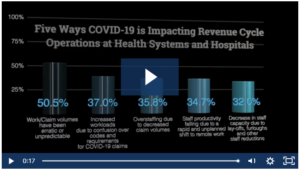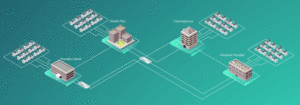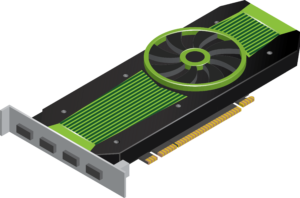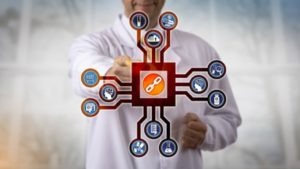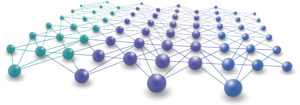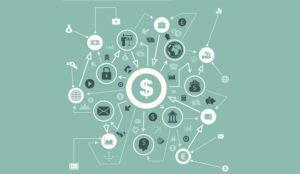Artificial Intelligence and Deep Learning
The healthcare industry is fraught with terminology that probably makes your head spin. Not only do you have to deal with the number of acronyms popping up each day, but for revenue cycle management, you also have to learn new terminology when it comes to technology. One of the questions we field on a regular basis: What is the difference between digitization and electronification?
Read MoreAlpha Health recently released results of a national survey designed to examine and assess the impact of COVID-19 on revenue cycle operations at health systems and hospitals across the U.S. The survey was fielded between May 19, 2020 and June 22, 2020 among 587 chief financial officers and revenue cycle leaders at hospitals and health systems across the United States. The survey has a confidence level of 95 percent with a margin of error of plus or minus 5 percent.
Read MoreA common misconception, especially in revenue cycle management (RCM), is that automating processes by integrating technologies like Artificial Intelligence and Machine Learning technologies will replace employees and eliminate jobs. This perception can be traced all the way back to when machines replaced labor in many manufacturing jobs like the automotive industry and is continually being fueled by the media with the story lines such as AI-powered trucks will replace truck drivers.
Read MoreBy now, many of you have heard of the arguments between utilize GPU vs CPU. towardsdatascience.com provides a simple explanation on the reasoning behind the need for GPUs for machine learning:
GPUs are optimized for training artificial intelligence and deep learning models as they can process multiple computations simultaneously.
They have a large number of cores, which allows for better computation of multiple parallel processes. Additionally, computations in deep learning need to handle huge amounts of data — this makes a GPU’s memory bandwidth most suitable.
Read MoreTechnology just keeps getting better and better, right? Not always. A recent survey of health IT leaders reveals that they are most often unhappy with their electronic health record (EHR) packages. Healthcare IT Today reports on a survey 108 healthcare leaders about their use of analytics platforms. It starts out with some fairly positive data:
90% of these organizations reported using the analytics in their EHRs.
Pymnts.com explores the various hurdles banks face when taking that big — and increasingly necessary — step. They note that migrating to the cloud is a vital tool traditional financial institutions (FIs’) will need in order to compete with digital-native FinTechs.
Read MoreTo the layman, much of the language in the AI space can be mystifying, particularly in deep learning. Take for example one of the core elements; the node. A deep learning node is “a computational unit that has one or more weighted input connections, a transfer function that combines the inputs in some way, and an output connection. Nodes are then organized into layers to comprise a network.”
Read MoreA new podcast at PYMNTS.com features a conversation with Jennifer Barker, Managing Director and Head of Wholesale Payments Product Delivery at JPMorgan Chase & Co., on the topic of business resiliency in this unprecedented pandemic environment.
Read MoreModern bank consumers are more and more comfortable interacting with their accounts online, often from a portable device. It’s never been easier to make deposits — using an app on an always-handy phone — and see the “funds available” right in an account, reassuring the user that the money is indeed deposited and… available. MyBankTracker…
Read MoreIn an environment challenged by Coronavirus, the already significant problem of healthcare fraud is more harmful than ever. Blue Cross Blue Shield reports: The National Heath Care Anti-Fraud Association estimates conservatively that health care fraud costs the nation about $68 billion annually — about 3 percent of the nation’s $2.26 trillion in health care spending.…
Read More
